A video of the event was recorded by Tore Myhren from Lillehammer, and shows the fireball through some clouds near the horizon.
"The meteor was of sporadic origin, with a radiant located at R.A. = 331,3°, Dec. = 62,2°," writes Kai Gaarder of the Norwegian Meteor Network, as reported by the International Meteor Organization.
Some eyewitness reports describing the phenomena include:
Ørjan Solheim:
"Saw an insane powerful flash of light in Rosendal. The whole valley and the mountains lighted up. A lot of times stronger than lightning. Lasted longer and was smoother than lightning. Stopped the car and went out, but could hear no sound."
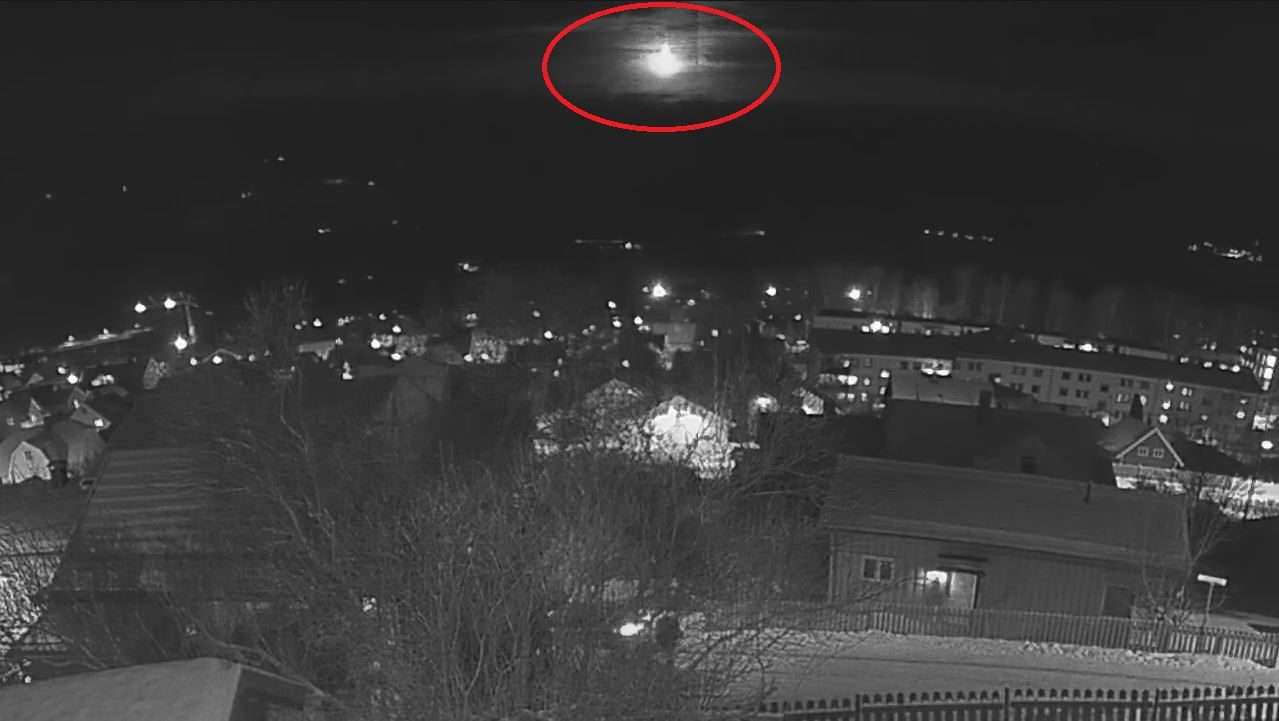

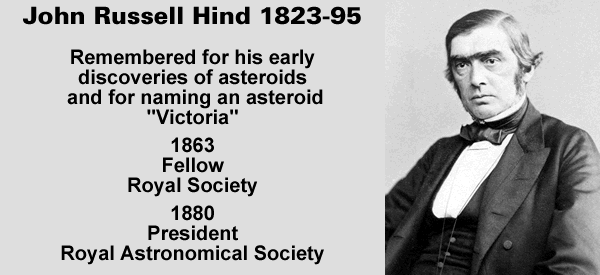

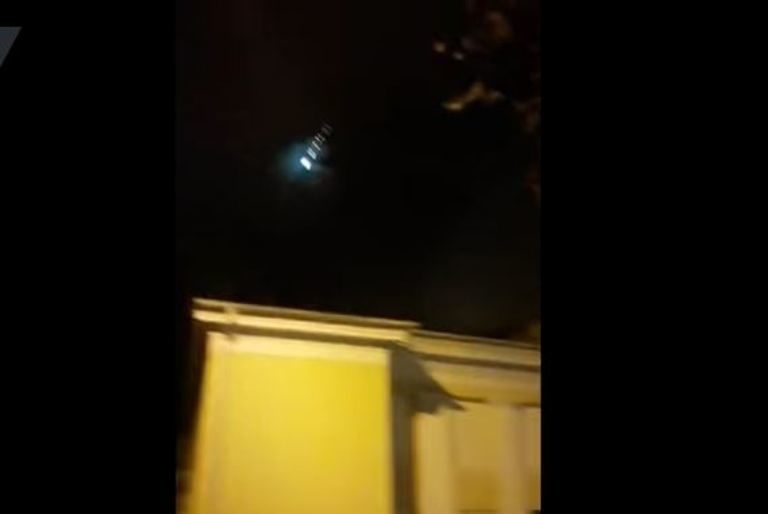
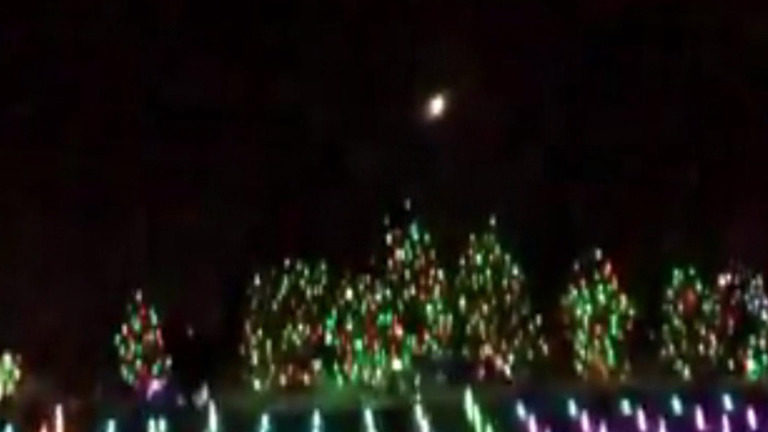
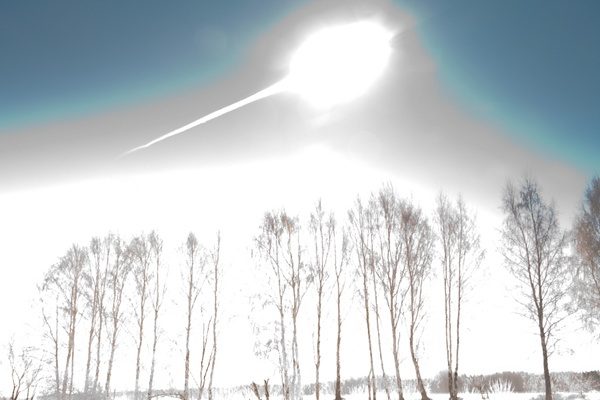
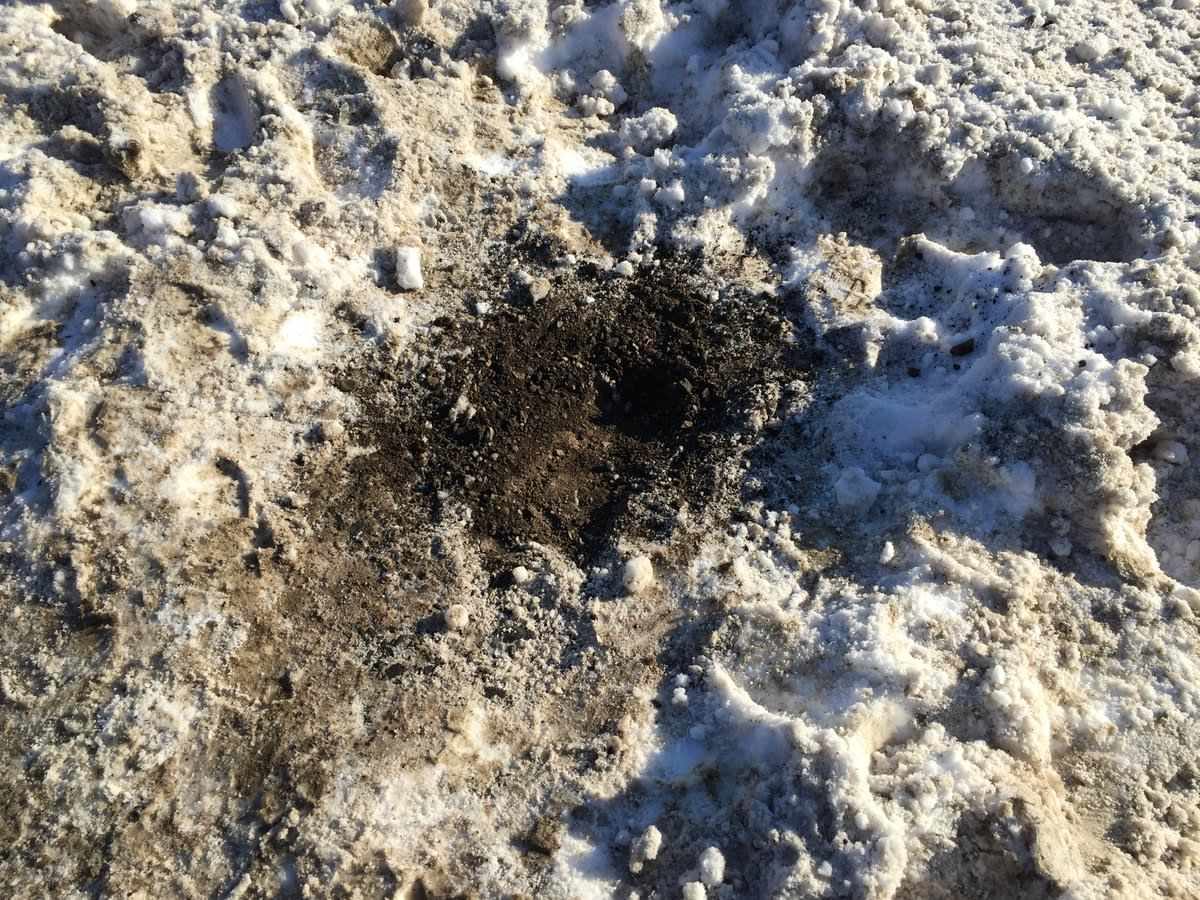
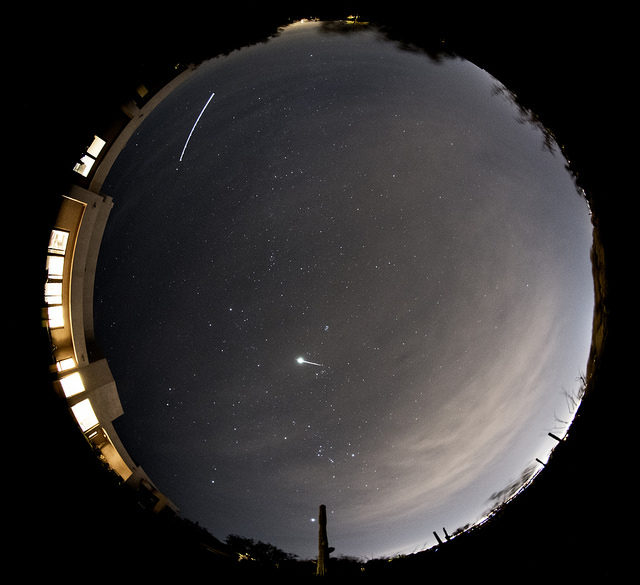

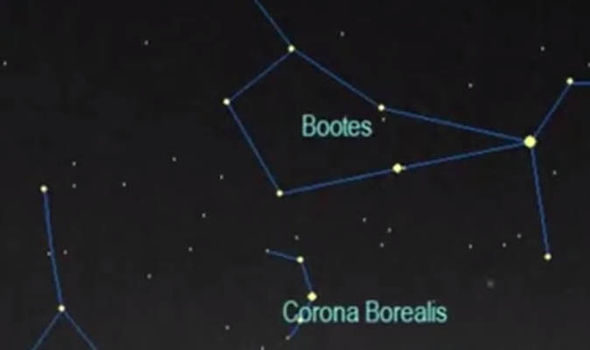



Comment: A couple of months ago meteorites hit roofs in South Africa and the US. Mysterious booms are increasing dramatically all over the planet, which may be indicative of space rock fragments exploding in the atmosphere.
Even NASA's own space data supports citizens' recent observations, namely the inconvenient fact that meteor fireballs are increasing dramatically.